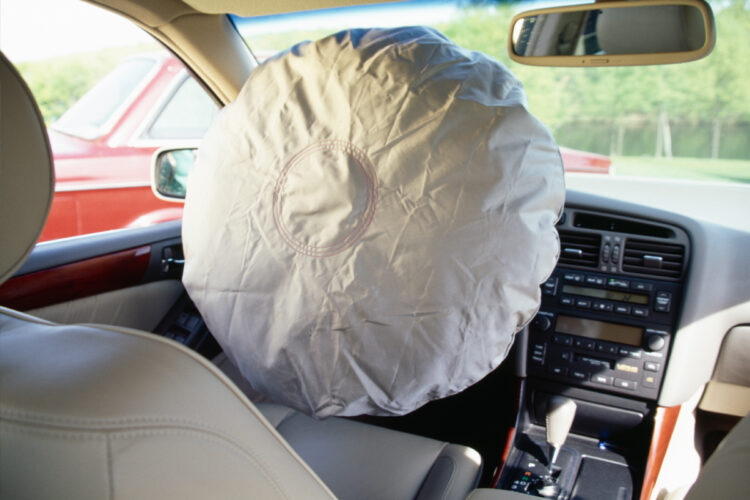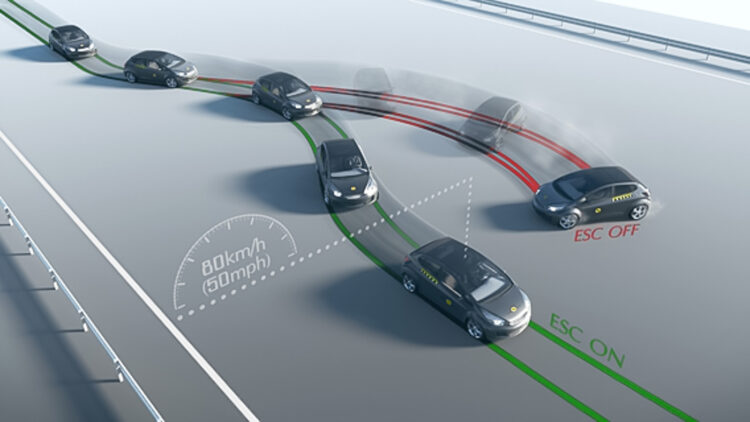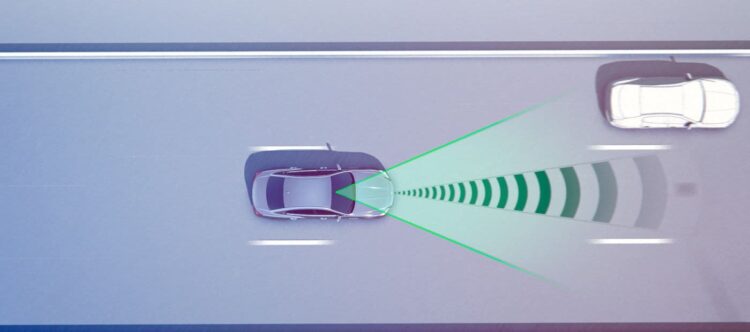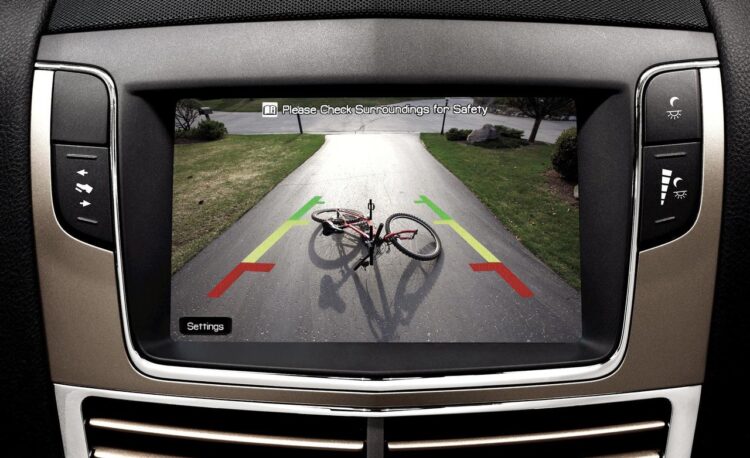When shopping for a used car, safety should always be a top priority. Automobile accidents can have life-altering consequences, but fortunately, advancements in automotive technology have led to the development of numerous safety features that can help prevent injuries and save lives.
In this article, we will explore seven of the most important car safety features to consider when buying a used car. These features not only enhance your driving experience but also play a critical role in keeping you and your passengers safe on the road.
1. Airbags

Airbags are one of the most crucial safety features in any vehicle. They work in conjunction with seat belts to reduce the impact of a collision on the occupants. When a crash occurs, airbags deploy rapidly to cushion and protect the driver and passengers from hitting hard surfaces within the vehicle. Most modern cars come equipped with multiple airbags, including frontal, side, and curtain airbags, designed to protect occupants from various angles and types of impacts.
When buying a used car, make sure to check that all airbags are present and functional. You should also inquire about any previous auto accidents causing injuries that may have deployed the airbags, as they should be professionally replaced after deployment.
2. Antilock Braking System (ABS)
The Antilock Braking System (ABS) is a standard feature in modern vehicles, and it plays a critical role in preventing accidents during emergency braking situations. ABS helps maintain steering control during hard braking by preventing the wheels from locking up. This allows you to steer around obstacles while slowing down, reducing the risk of a collision.
When test-driving a used car, pay attention to how the brakes respond during aggressive braking maneuvers. If the pedal pulsates and you feel the ABS system working, it’s a positive sign that the feature is operational. If the ABS warning light is illuminated on the dashboard, it’s essential to have it inspected and repaired before purchasing the vehicle.
3. Electronic Stability Control (ESC)

Electronic Stability Control (ESC) is another crucial safety feature designed to prevent skidding and loss of control. ESC uses sensors to monitor the vehicle’s speed, steering angle, and wheel behavior. If the system detects that the vehicle is starting to skid or lose control, it can automatically apply individual brakes and adjust engine power to help the driver regain control and keep the car on its intended path.
ESC is particularly valuable in adverse weather conditions, such as rain or snow, where road surfaces are slippery. Ensure that the used car you’re considering is equipped with ESC, as it can significantly reduce the risk of accidents and maintain stability during sudden maneuvers.
4. Tire Pressure Monitoring System (TPMS)
Maintaining proper tire pressure is essential for safe driving, as underinflated or overinflated tires can lead to reduced traction and handling, as well as increased risk of blowouts. The Tire Pressure Monitoring System (TPMS) is a valuable safety feature that alerts the driver when tire pressure falls below the recommended levels.
When inspecting a used car, check if it has a functioning TPMS. Make sure all sensors are working correctly and that the system accurately reports tire pressure. Properly inflated tires contribute to better handling, fuel efficiency, and overall safety.
5. Collision Avoidance Systems

Modern vehicles often come equipped with advanced driver assistance systems (ADAS) that include various collision avoidance technologies. These systems use sensors, cameras, and radar to monitor the vehicle’s surroundings and provide warnings or take corrective actions when potential collisions are detected. Some key collision avoidance features include:
- Forward Collision Warning (FCW): Alerts the driver when a potential front-end collision is imminent.
- Automatic Emergency Braking (AEB): Automatically applies the brakes if the driver doesn’t respond to a collision warning, reducing the severity of or preventing an accident.
- Lane Departure Warning (LDW): Notifies the driver if the vehicle begins to drift out of its lane without a turn signal.
- Blind Spot Monitoring (BSM): Warns the driver of vehicles in their blind spots, reducing the risk of lane-change accidents.
These features can greatly enhance your safety on the road by providing additional layers of protection and helping you avoid accidents in the first place. When shopping for a used car, consider vehicles equipped with these advanced safety technologies.
6. Rearview Camera

A rearview camera, also known as a backup camera, has become a standard feature in many modern cars. It is especially valuable when parking or reversing, as it provides a clear view of the area behind the vehicle. This feature helps drivers avoid collisions with pedestrians, obstacles, and other vehicles that may be hidden from view through the rearview mirrors.
When evaluating a used car, ensure that the rearview camera is operational and provides a clear image on the display screen. This technology not only enhances safety but also simplifies everyday driving tasks, making it a valuable addition to any vehicle.
7. Adaptive Headlights
Adaptive headlights are designed to improve visibility during nighttime driving and when navigating curves. These headlights adjust their intensity and direction based on vehicle speed, steering angle, and the road’s curvature. By directing the light where it’s needed most, adaptive headlights provide better illumination of the road ahead and improve the driver’s ability to react to unexpected obstacles.
While adaptive headlights are not as common as some other safety features, they can significantly enhance nighttime driving safety. When considering a used car, inquire whether it is equipped with adaptive headlights, as they can make a substantial difference in your driving experience, especially in low-light conditions.
When shopping for a used car, prioritizing safety features is paramount. The seven safety features discussed in this article—airbags, ABS, ESC, TPMS, collision avoidance systems, rearview cameras, and adaptive headlights—play vital roles in preventing accidents and reducing the severity of injuries in case of a collision. By thoroughly inspecting these features and ensuring they are in good working order, you can make an informed and safe choice when purchasing a used vehicle. Ultimately, investing in a car equipped with these safety features will not only protect you and your passengers but also provide peace of mind on the road.
 Hi Boox Popular Magazine 2024
Hi Boox Popular Magazine 2024



